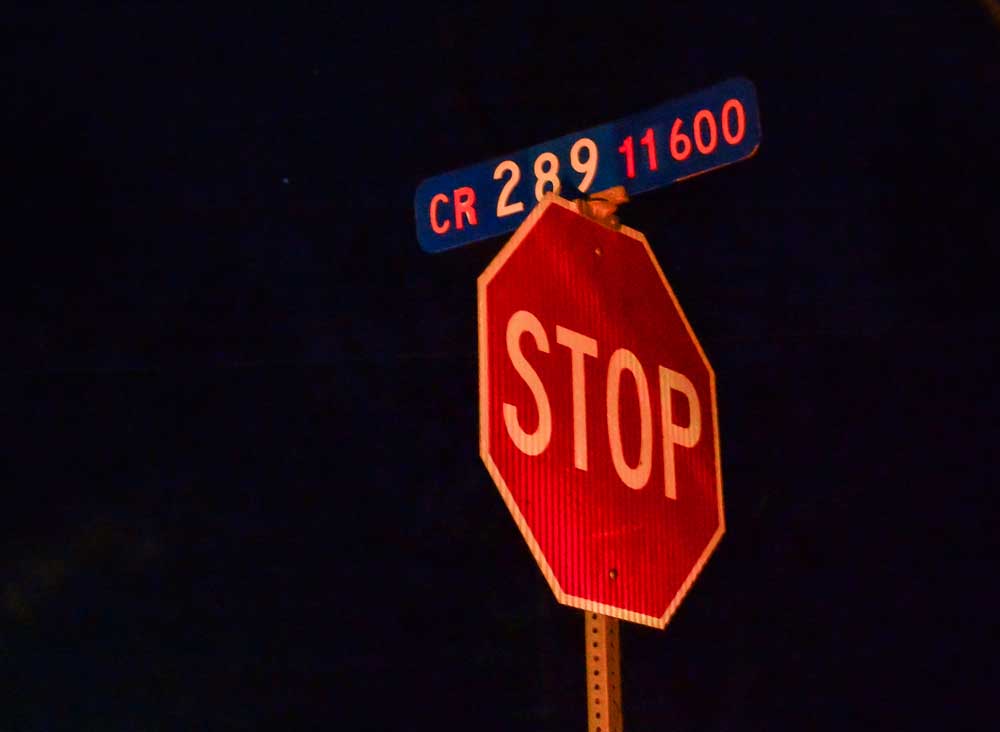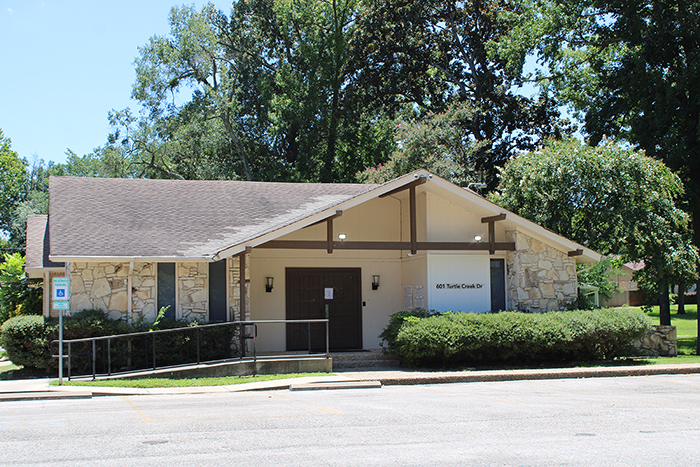St. Patrick’s work continues even now
Published 7:30 pm Monday, March 16, 2015
Put down the green beer for a moment — just a moment — and consider what’s most important about St. Patrick himself. It’s not that he’s Irish (he wasn’t). It’s not that he traveled to Ireland. It’s that he went back to Ireland — to bring hope to the hopeless.
And let’s remember that slavery still exists in the modern world, and must be fought anew.
Trending
Unlike many quasi-historical figures, we actually know a lot about St. Patrick. He wrote a letter we now call the “Confession of St. Patrick,” but it was more of an autobiography than a list of misdeeds.
Patrick wasn’t Irish — he was a Britain, during the time of Roman rule (in the Fifth Century A.D.). He was a young aristocrat, with religious parents but no real beliefs he held himself.
At the age of 16, coastal raiders kidnapped him, and he was sold into slavery in Ireland. He worked as a shepherd, and he says this led him to Christianity. After six years of captivity, he escaped and made his way home.
Now here’s the remarkable part. He recounts a vision he had: “I heard the voice of those very people who were near the wood of Foclut, which is beside the western sea — and they cried out, as with one voice: ‘We appeal to you, holy servant boy, to come and walk among us.'”
He responded by training as a priest, and returning to Ireland.
Historian Thomas Cahill, who wrote “How the Irish Saved Civilization,” notes Patrick’s deep hatred of slavery.
Trending
“The papacy did not condemn slavery as immoral until the end of the 19th century,” Cahill contends, “but here is Patrick in the Fifth Century seeing it for what it is. I think that shows enormous insight and courage and a tremendous ‘fellow feeling’ — the ability to suffer with other people, and to understand what other people’s suffering is like.”
Patrick would recognize much of the suffering that still exists today. Slavery hasn’t ended; it’s still a brutal fact of life throughout much of the world.
According to human rights groups, as many as 38.5 million people are currently enslaved worldwide; about half are women and girls.
Sen. Bob Corker, R-Tenn., has recently introduced legislation in the Senate to help fight slavery.
“The End Modern Slavery Initiative creates an independent non-governmental organization that can receive funds from the U.S. and other government donors as well as private funders,” The Hill reports. “The bill authorizes $250 million in U.S. funds over seven years and ties grants to rigorous assessment of slavery prevalence and measurable outcomes.”
Corker says it seems unimaginable that slaves are still in bondage.
“They are in day labor, and rug manufacturing, or brick kilns, or they are young boys in Ghana that are in the fishing world, or they are in sexual servitude,” he says. “It’s hard for people to imagine that’s the case, but I’ve seen it firsthand.”
So let’s celebrate St. Patrick. But let’s also remember why he’s worth celebrating, and how it’s still relevant today.







